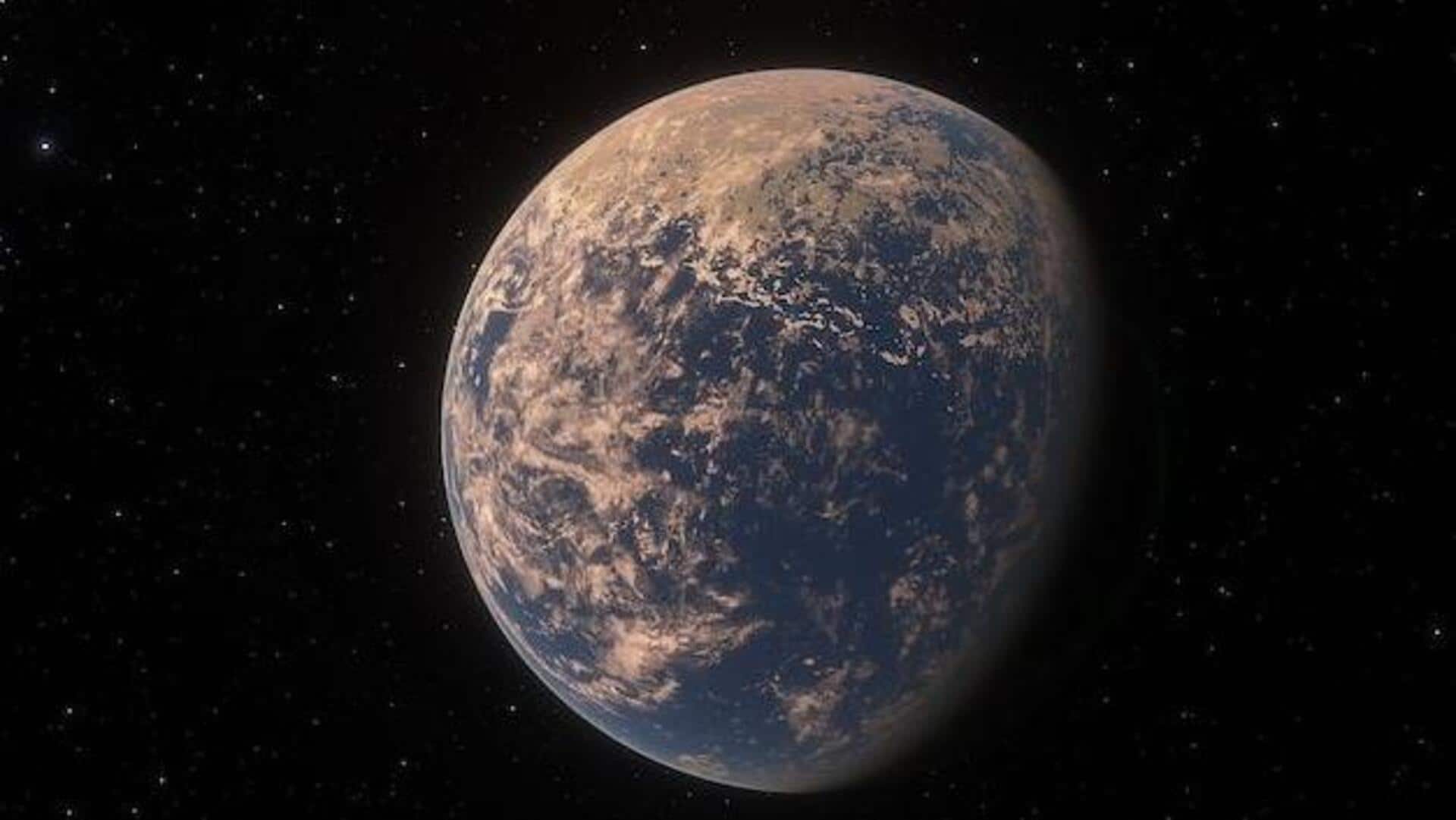Cosmic Origins Explored
Comet 3I/ATLAS, being an interstellar comet, did not originate within our solar system, making its origin a subject of intense scientific investigation.
It is believed to have journeyed from a faraway region, possibly even another star system, before entering our neighborhood. This means its composition holds clues about the environments existing beyond our sun, possibly different from the conditions prevalent during the formation of our own planets. Scientists are therefore trying to pinpoint its place of origin by analyzing its trajectory, speed, and composition. The information they gather could provide invaluable knowledge about the diversity of celestial bodies existing in the vast expanse of the galaxy and the processes shaping their formation.
Unconventional Tail Phenomena
The tail of comet 3I/ATLAS is unlike any observed before, presenting scientists with a puzzling phenomenon. Instead of the expected smooth, trailing structure, the comet's tail exhibits anomalies that defy standard models of cometary behavior. This strange display likely results from the interaction between the comet's nucleus and the solar wind, the constant stream of charged particles emanating from the sun. Detailed observations of the tail's structure, fluctuations, and composition are crucial. Such data will assist scientists in understanding the complex interplay between cometary matter and the surrounding space environment. It could also help them refine existing models or discover novel processes in comet formation and evolution.
A Unique Celestial Body
Comet 3I/ATLAS distinguishes itself from the comets within our solar system due to its interstellar origins and its unique characteristics. Its composition, determined by its formation in a different stellar environment, likely differs from that of comets formed around our sun. Further, the comet’s unconventional tail demonstrates unusual behavior, which presents a marked departure from standard cometary structures. Astronomers are using sophisticated instruments and techniques to study this comet, from spectroscopic analysis to observe the chemical makeup to detailed imaging to understand the shape and structure of the tail. This detailed study aims to reveal its unique characteristics and what distinguishes it from its familiar counterparts.
Journey From The Stars
The significance of comet 3I/ATLAS lies in its origin, marking it as a visitor from beyond our solar system. This interstellar visitor carries with it the potential to provide insights into the building blocks of other planetary systems and the environments that give rise to celestial objects. Its journey to our solar system offers scientists a rare chance to analyze material formed elsewhere in the galaxy. By studying the comet's composition, structure, and trajectory, researchers seek a better understanding of how planets and comets form. This investigation also may reveal valuable information about the universality of these processes throughout the cosmos.










